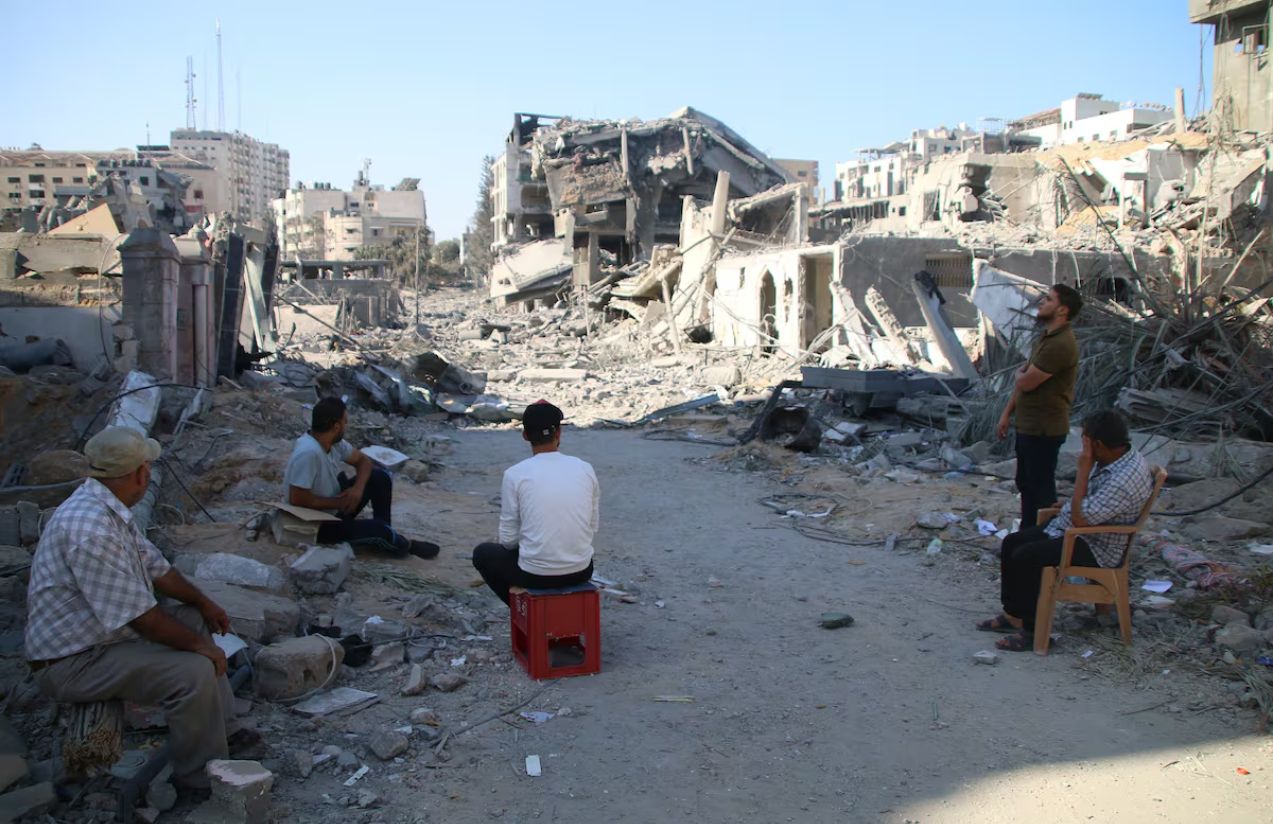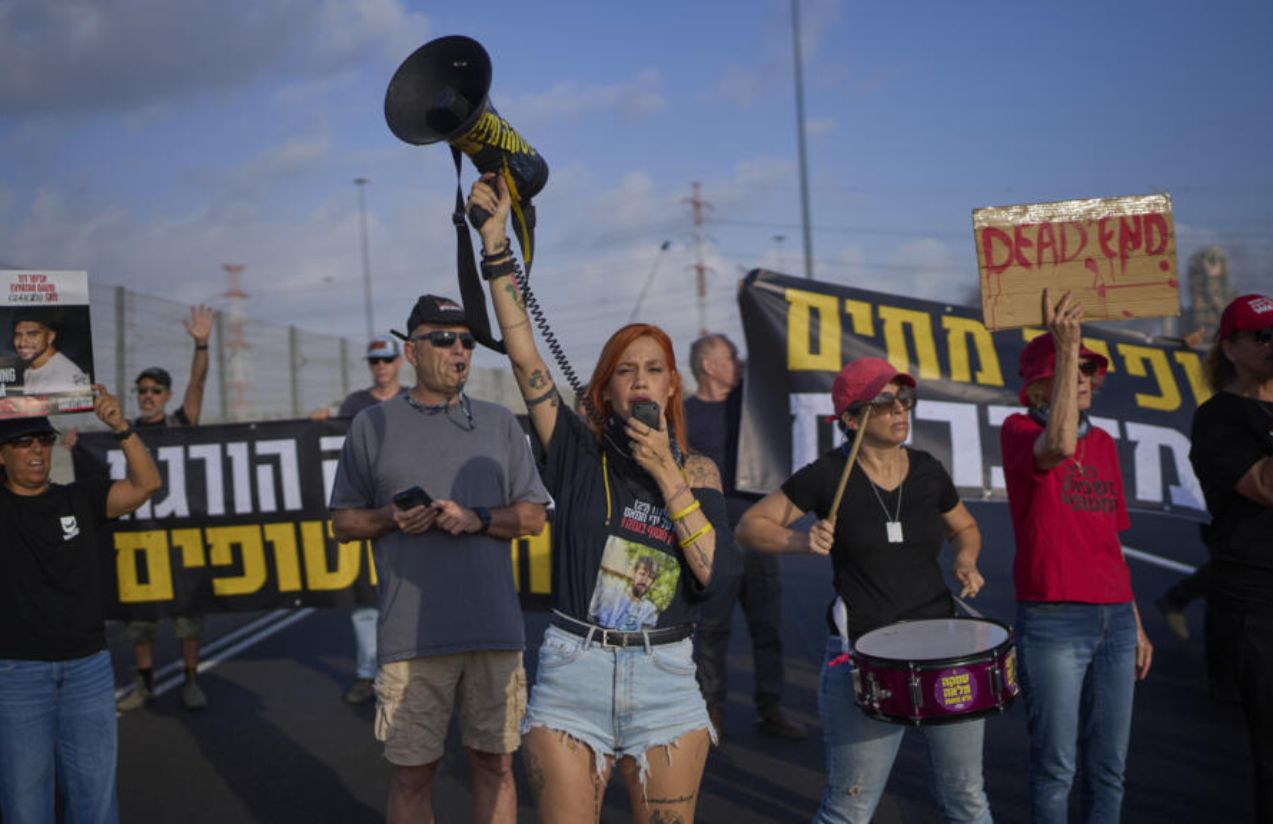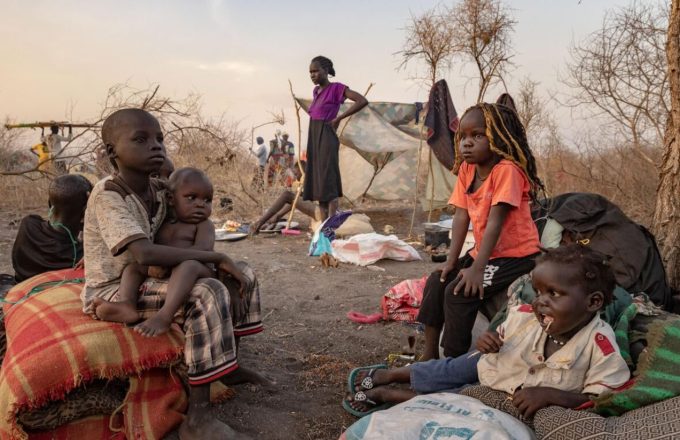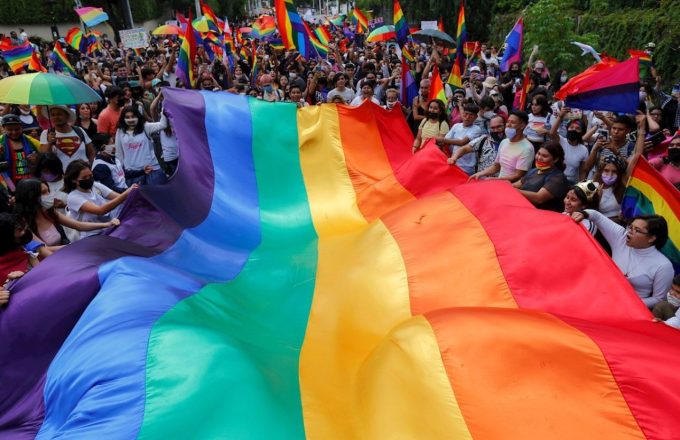The long-awaited ceasefire between Israel and Hamas came into effect this Friday, bringing an end, at least temporarily, to weeks of intense fighting in the Gaza Strip. The agreement, mediated by countries such as Egypt, Qatar, and the United States, aims to pave the way for a humanitarian truce and a more stable political dialogue.
In the first hours following the announcement, the Israeli army began withdrawing its troops to the agreed-upon areas, reducing its presence in northern Gaza and allowing humanitarian aid to enter the region. Local witnesses reported an almost complete halt to airstrikes, which allowed hundreds of families to leave shelters and assess the damage caused by the recent attacks.

¿Does this mean the conflict between both sides is over?
Not necessarily. Although the ceasefire offers relief to those who have suffered from the ongoing war, analysts warn that tensions between both parties remain high and that any violation could trigger an even worse confrontation.
The international community has cautiously welcomed the announcement, stressing that the priority now must be to ensure humanitarian access and work toward a lasting peace that prevents the cycle of violence that has marked the region for decades.












